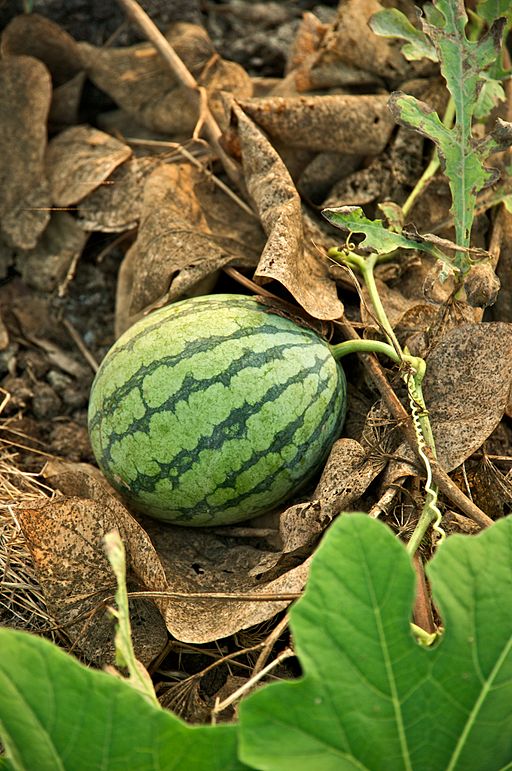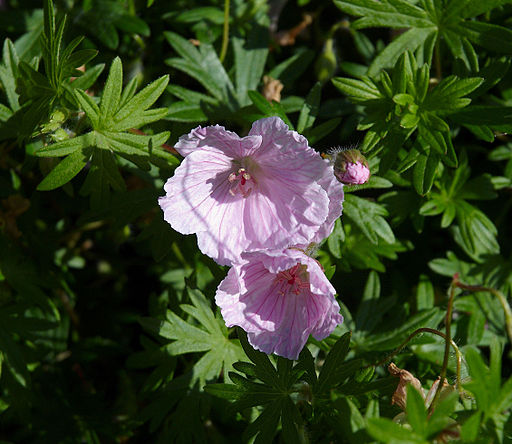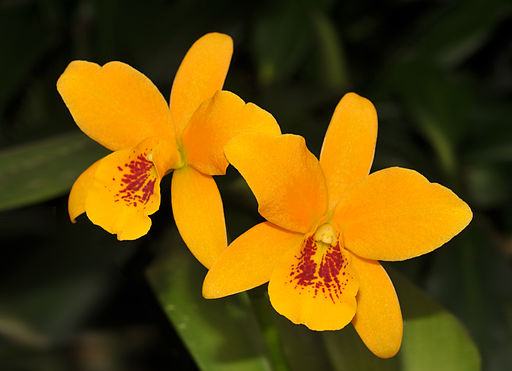They keep talking about species, variety, cultivar and hybrids and I don't know what they mean!
First thing first - Let's talk about names!

What are common names and scientific names?
Common names of plants are what we use every day, like roses or orchids, or watermelon or peas. For everyday use they are perfectly fine.
Nevertheless, these names change from place to place even if the language is the same. Sometimes you will find that nobody knows what you are talking about and even take offence (i.e. papaya is a bad word in some Latin-American countries).
Scientific names are unique for every plant and they mean the same thing in any country or language. You would not use them in everyday talk, but if you are trying to buy seeds online or are trying to post in a forum looking for advice they may come pretty handy.
Citrullus lanatus is the scientific name for the watermelon.

How are scientific names formed?
First thing first: scientific names are formed by two words: the genus and the species. It is referred to as binomial nomenclature.
Species is unique for each plant. It´s like it was their first name.
A genus is not specific, it includes of a number similar organisms. Think about genus as the last name or family name of the plant.
And remember this: when saying a scientific name you must start always with the last name.
Scientific Name = Genus + species
The second important thing to know is the writing conventions for scientific names:
- They usually are written in italics or in a different typography to stand out within a text.
- The Genus starts with Uppercase letters.
- The species starts with lowercase letters.
- It is always written in Latin.
Geranium sanguineum var. Striatum

Who made the rules?
The rules for giving the scientific names to plants or animals are in the International Code of Nomenclature for algae, fungi, and plants. If you are interested I’ve included some links at the end.
The variety. A third name into the mix.
Sometimes a plant from the same species is different enough to receive its own name. This usually happens with plants that were genetically enhanced to improve some attribute or eliminate another.
The rules for variety are:
Before the variety name, the word var. should appear.
-
The Variety name starts with Uppercase leters.
-
The name of the plant is then:
Genus + species + var. + Variety.
Example:
Prunus cerasus var. Aviumor wild cherry tree
Prunus cerasus var. Cerasusor Morello cherry tree
Both are varieties of cherry trees of the species cerasus.
Rose "Life Lines" Cultivar

What is the difference between Variety and Cultivar
And then there’s the cultivar, which it’s also different
Cultivar comes from “cultivated variety” and it means that a human being worked on the plant to improve it through selective reproduction by seed selection, plant cuttings, mixing varieties and other human led processes. (Not by genetic meddling though).
That’s the reason why they usually carry the name of the person who took that much care to grow them.
Note: To be truly considered a cultivar, the plant must have particular characteristics and they must be passed generation to generation.
Cultivar names must:
-
Be written in any language but Latin.
-
Must start with an Uppercase letter.
-
If they are written in the company of the scientific name, they must be between quotation marks or preceded by the term cv.
x Laeliocattleya

Scientific Names of Plants Quiz
view quiz statisticsAnd finally: Hybrids
Sometimes two genetically different plants interbreed and may have descendants. If their descendants can reproduce by themselves they are called hybrids, regardless if they had human interaction or occurred in nature.
Rules for forming hybrids’ names:
The naming of hybrids is like a multiplication of the two plants’ scientific names, in alphabetic order.
Scientific Name x Scientific Name
For example a grapefruit:
Citrus x paradisi
However, you can find that an hybrid may be given its own species name, although it will be preceded by the multiplication sign. (x).
For example, lemons, that are a product of C.medica and C.aurantium or of Citrus medica and Citrus x aurantiifolia.
Citrus x Limon
And there is an alternative notation that gives you a pretty compact name by combining the genus of the two plants that formed the hybrid.
They must follow the multiplication sign. For example, May’s flower (a type of orchid) is:
x Laeliocattleya
If the hybrid is a human creation the name will be given in accordance with the International Code of Nomenclature for Cultivated Plants
If the hybrid occurs in nature, the name will be given according to the International Code of Nomenclature for algae, fungi, and plants.
There you have it! With this guide you will have a better idea of how scientific names are formed.



